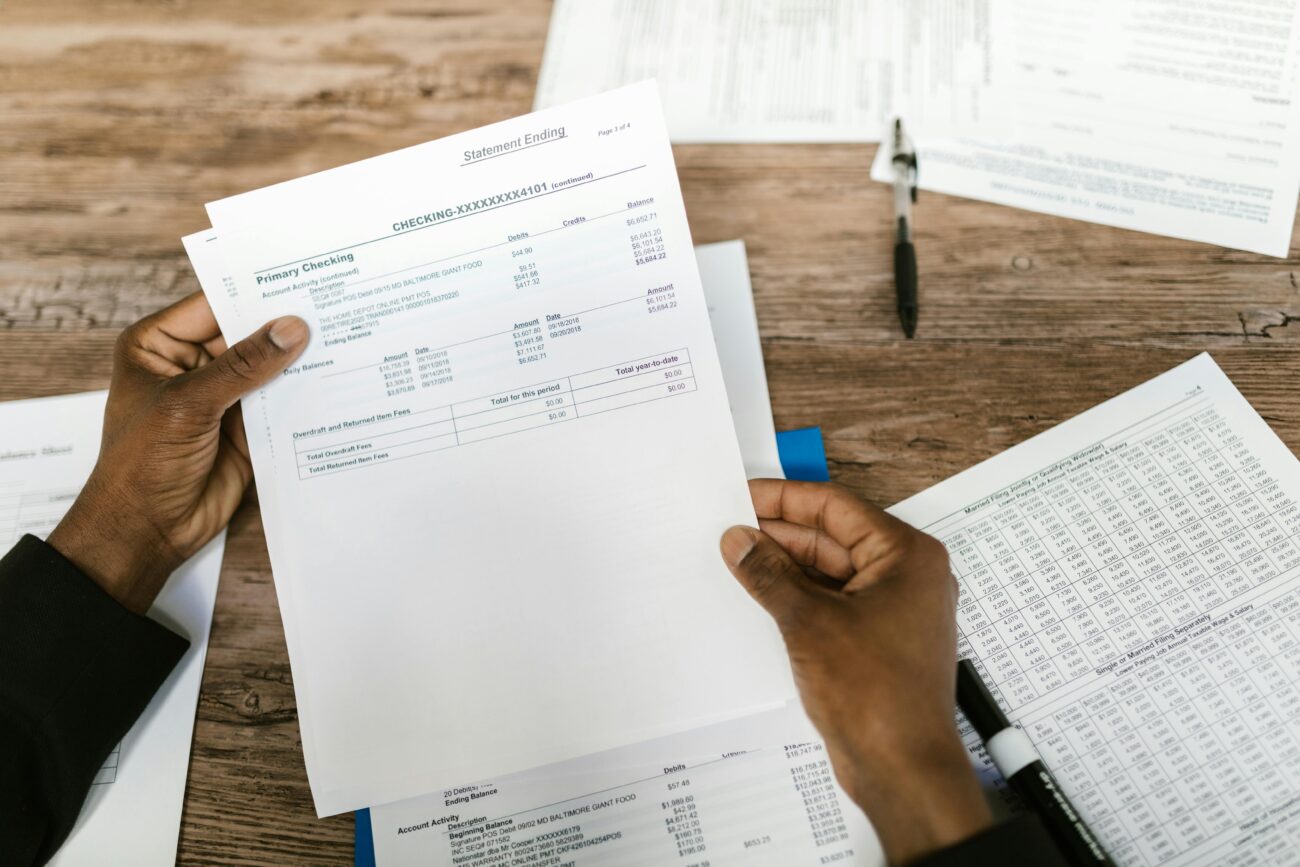What Is an Auto Insurance Declaration Page?
The declaration page (often called the “dec page”) is the first page of your insurance policy. It provides a snapshot of your entire policy, including the policy number, coverage types, and costs. Essentially, it’s the “summary sheet” of your car insurance contract.
Why It Matters
Understanding your declaration page helps ensure you have the right level of protection. It allows you to:
- Verify that your personal information and vehicle details are accurate.
- Check if all drivers and vehicles are correctly listed.
- Confirm coverage types, limits, and deductibles.
- Compare policies easily when shopping for better rates.
Step 1: Review Your Personal and Policy Information
The top section typically lists your name, address, and policy number. Verify this information carefully, as any discrepancies could affect future claims or communications.
You’ll also see the effective and expiration dates—the time frame your policy is active. Make sure the start date aligns with your coverage expectations to avoid any lapses.
Step 2: Identify the Insured Vehicles
Each covered vehicle will be listed with details such as:
- Make, model, and year
- Vehicle Identification Number (VIN)
- Garaging location
If a car you own isn’t listed, it may not be insured. Always double-check that every vehicle you intend to cover is included.
Step 3: Understand Coverage Types and Limits
This section is the heart of your declaration page. It shows what’s covered—and for how much. Here are the main coverage types you’ll typically find:
Liability Coverage
Liability insurance protects you if you’re legally responsible for injuries or property damage in an accident. It usually includes two limits: one for bodily injury per person and another for property damage. For example, you might see something like $100,000/$300,000/$50,000.
Collision Coverage
This covers damage to your vehicle if you hit another car or object. It comes with a deductible—the amount you pay before insurance kicks in.
Comprehensive Coverage
Comprehensive covers non-collision incidents like theft, vandalism, fire, or weather damage. It also has a deductible listed on your declaration page.
Uninsured/Underinsured Motorist Coverage
This coverage protects you if you’re in an accident with a driver who has no insurance or insufficient coverage.
Medical Payments or Personal Injury Protection (PIP)
PIP or MedPay covers medical expenses for you and your passengers, regardless of fault. This section shows the per-person limit or total amount covered.
Step 4: Check Your Deductibles
Deductibles are listed next to your collision and comprehensive coverage. If you want to lower your monthly premium, you can often raise your deductible—but that means paying more out of pocket in the event of a claim.
Review this balance carefully to ensure it fits your financial comfort level.
Step 5: Review Premiums and Discounts
Each line of coverage has its own premium amount. At the bottom, you’ll see your total premium, which may be billed monthly, quarterly, or annually.
Common discounts that may appear include:
- Multi-policy discount (for bundling auto and home insurance)
- Good driver discount
- Vehicle safety features discount
- Automatic payment or paperless billing discounts
Confirm that all applicable discounts are being applied. If not, contact your insurer to review your eligibility.
Step 6: Examine Additional Endorsements or Riders
Endorsements (also known as riders) modify your standard coverage. Examples include:
- Roadside assistance
- Rental car reimbursement
- Gap coverage for financed or leased cars
- Custom parts or equipment coverage
These add-ons can increase your protection but may also raise your premium. Make sure you understand what each one covers.
Step 7: Verify Lienholder or Additional Interest Information
If your car is financed or leased, the lender (lienholder) will typically be listed on the declaration page. This ensures they’re notified if the vehicle is damaged or totaled. Confirm that this information matches your loan documents.
Tips for Keeping Your Declaration Page Updated
- Review it every renewal period or after major life changes (buying a car, moving, or adding a driver).
- Store a digital copy in your email or cloud storage for quick access.
- Compare it when shopping for new insurance quotes to ensure apples-to-apples comparisons.
Where to Find More Information
For a deeper understanding of car insurance coverage, check out trusted sources such as:
- Insurance Information Institute (III)
- Consumer Financial Protection Bureau (CFPB)
- National Association of Insurance Commissioners (NAIC)
Final Thoughts
Your auto insurance declaration page isn’t just paperwork—it’s your blueprint for understanding what you’re paying for and how you’re protected. By reviewing it line by line, you can catch errors, optimize coverage, and ensure you’re getting the best value for your money. Knowledge is power—especially when it comes to your insurance policy.
Ready to take control of your auto coverage? Review your declaration page today and make sure it truly fits your needs.
